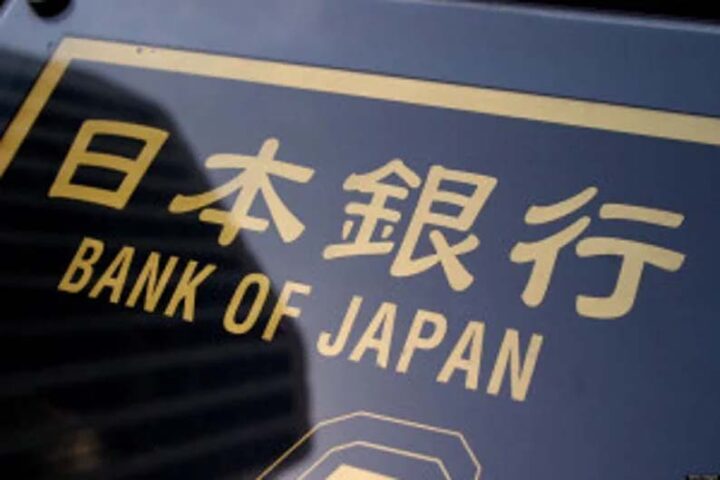By Craig Erlam
European stocks edged higher Thursday ahead of the long bank holiday weekend; ending the week not far from where they started as investors mull the latest policy decisions, inflation data and earnings.
There’s been a number of interest rate hikes this week, some more expected than others, while the ECB has instead opted for the usual cocktail of unhelpful ambiguity. Anyone hoping for a hawkish hint ahead of its next meeting and forecasts will no doubt be very disappointed, albeit not surprised.
It was very kind of President Lagarde to clear up a few things.
Net asset purchases will end in the third quarter – while other central banks are engaging in fear-induced rate hikes and quantitative tightening, the ECB is gradually winding down QE – and the conclusion of the process could come early or late in the quarter.
Following the conclusion of its asset purchases, the ECB will start raising rates some time after that.
What constitutes ‘some time’? That could be anything from a week to several months.
I hope that’s cleared everything up. Don’t we all feel much wiser for having followed that press conference.
The ECB is extremely hesitant to guide the market in the absence of up to date economic projections, but days like Thursday just make you wish they’d stick to quarterly meetings.
There is nothing of substance to take away from the meeting and I can’t help but think the market remains far too ambitious in its interest rate expectations this year for a central bank that still thinks bond purchases are warranted.
Of course, its situation is far more uncertain than others, given its proximity and higher exposure to the war in Ukraine, while wage inflation remains far more muted than elsewhere.
But it’s clearly not learned the lessons from other central banks and may be forced somewhere down the line to drastically change its stance. Whether that will be this year, I’m not convinced.
Oil remains rangebound
Oil prices were a little lower on Thursday after rallying strongly the previous two days. The flirtation below $100 didn’t last long as the slight lifting of restrictions in China partly removed one key downside risk for prices.
With the IEA reserve release priced in, that leaves the risks heavily tilted to the upside as OPEC remains committed to its key ally and unable to hit the quotas it’s been set anyway.
That could leave Brent prices between $100 and $120 for now, with WTI more like $95-115. There’s no shortage of risks and this remains an incredibly headline-driven market.
The prospect of Finland and Sweden joining the NATO alliance is unlikely to ease tensions between Russia and the West, which could further spill over into the oil market.
Gold pushing for major breakout
It would appear gold isn’t going to extend its winning run to seven days ahead of the long weekend. It traded a little lower on Thursday after running into some resistance around $1,980.
The yellow metal continues to show momentum which may suggest a run at $2,000 is on the cards.
At a time of such aggressive tightening, it’s unclear whether it’s a fear of inflation, the economy or risk that’s driving the move, perhaps all of the above. But there’s no shortage of demand, at the moment.
Further pain for Bitcoin?
An encouraging rebound in bitcoin on Wednesday was short-lived, with the cryptocurrency once again in the red on Thursday. It appears to have struggled around the midpoint of Monday’s sell-off which could be viewed as a bearish signal.
It’s certainly lost all breakout momentum in recent weeks. It continues to trade more broadly in its 2022 recovery channel and recent price action suggests it could be heading for another move towards the lows. That’s around 10% from the current price and a break below here could be a very bearish development.
Craig Erlam is Senior Market Analyst, UK & EMEA at OANDA
Opinions are the author’s, not necessarily that of OANDA Global Corporation or any of its affiliates, subsidiaries, officers or directors. Leveraged trading is high risk and not suitable for all. Losses can exceed investments.







